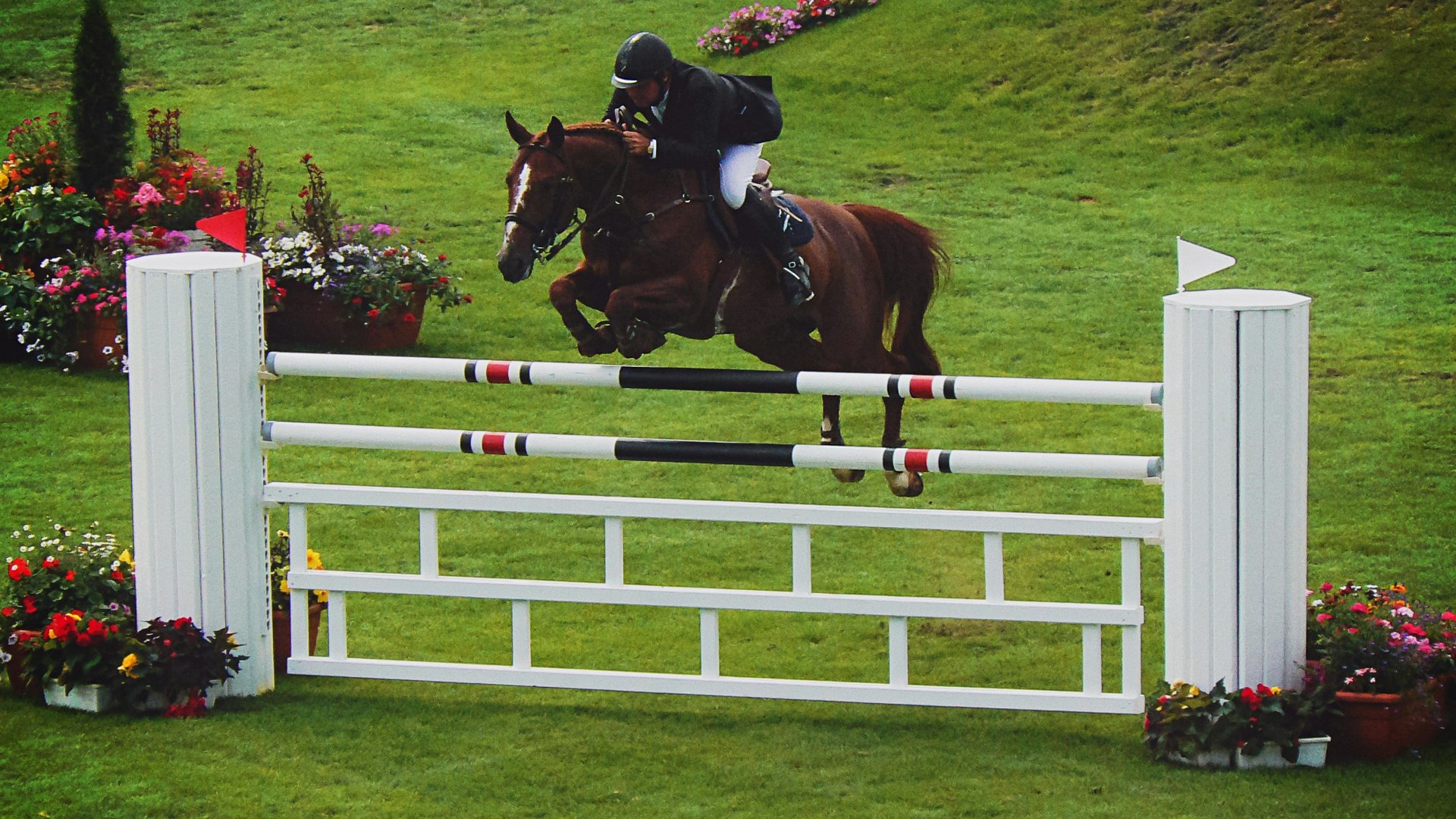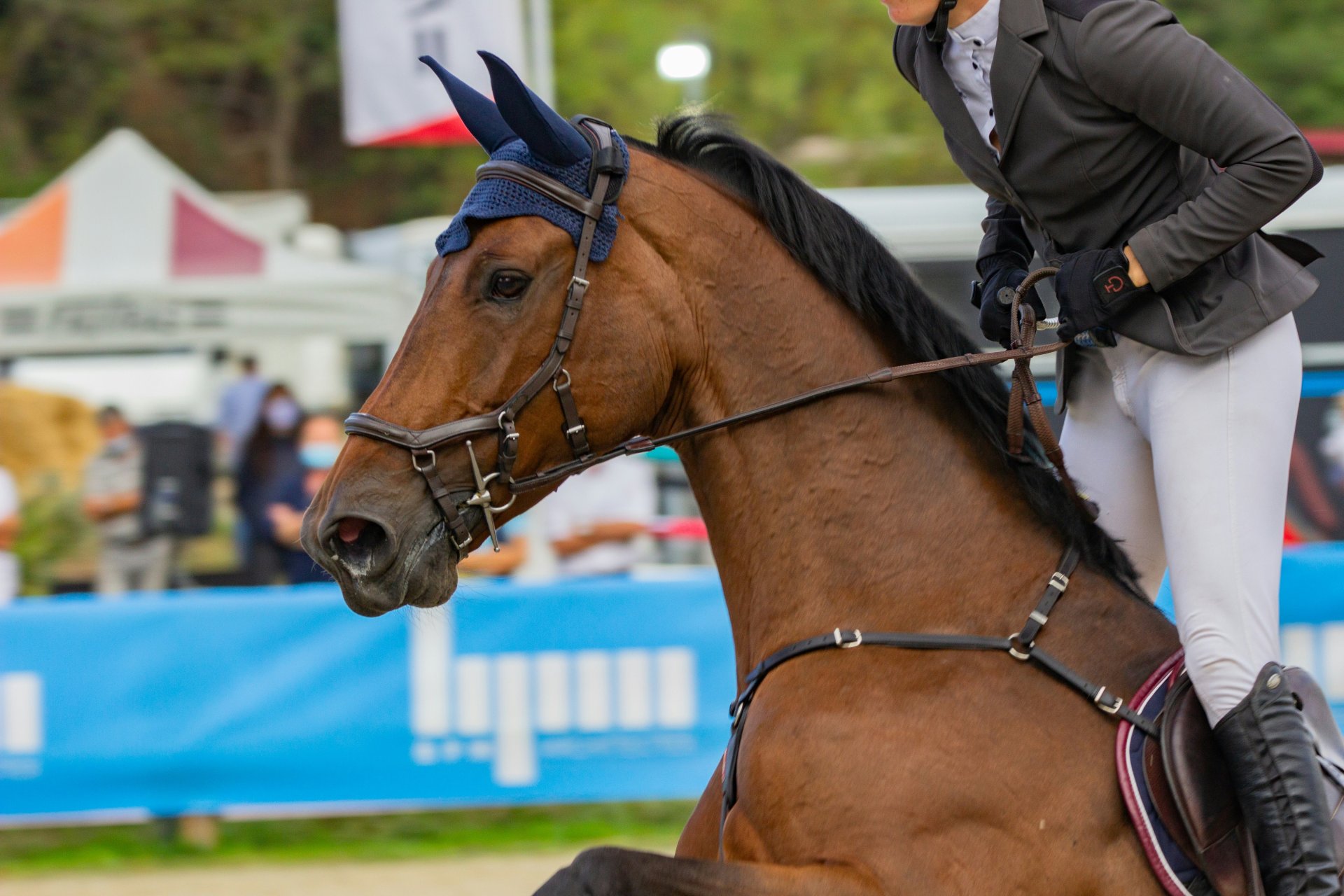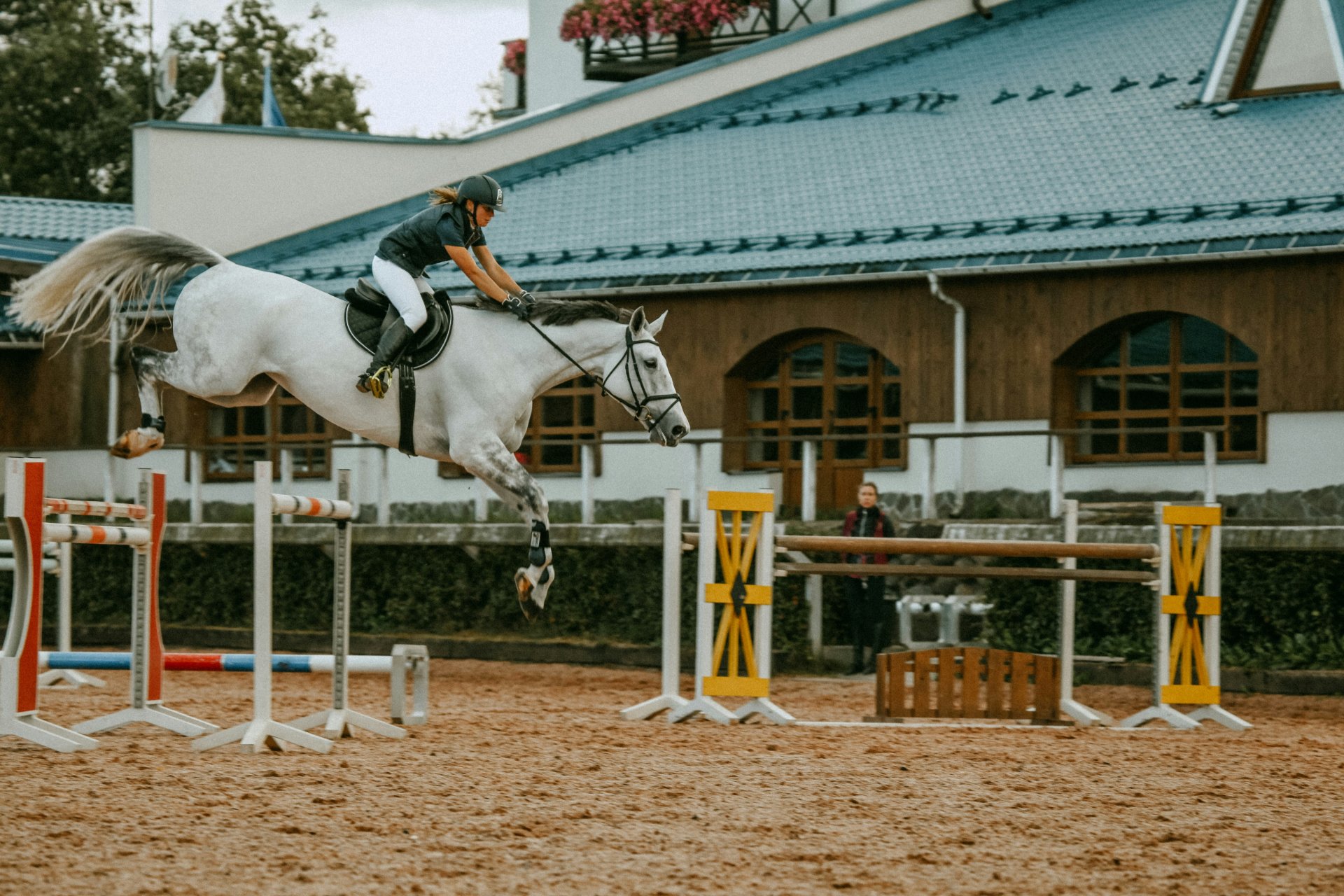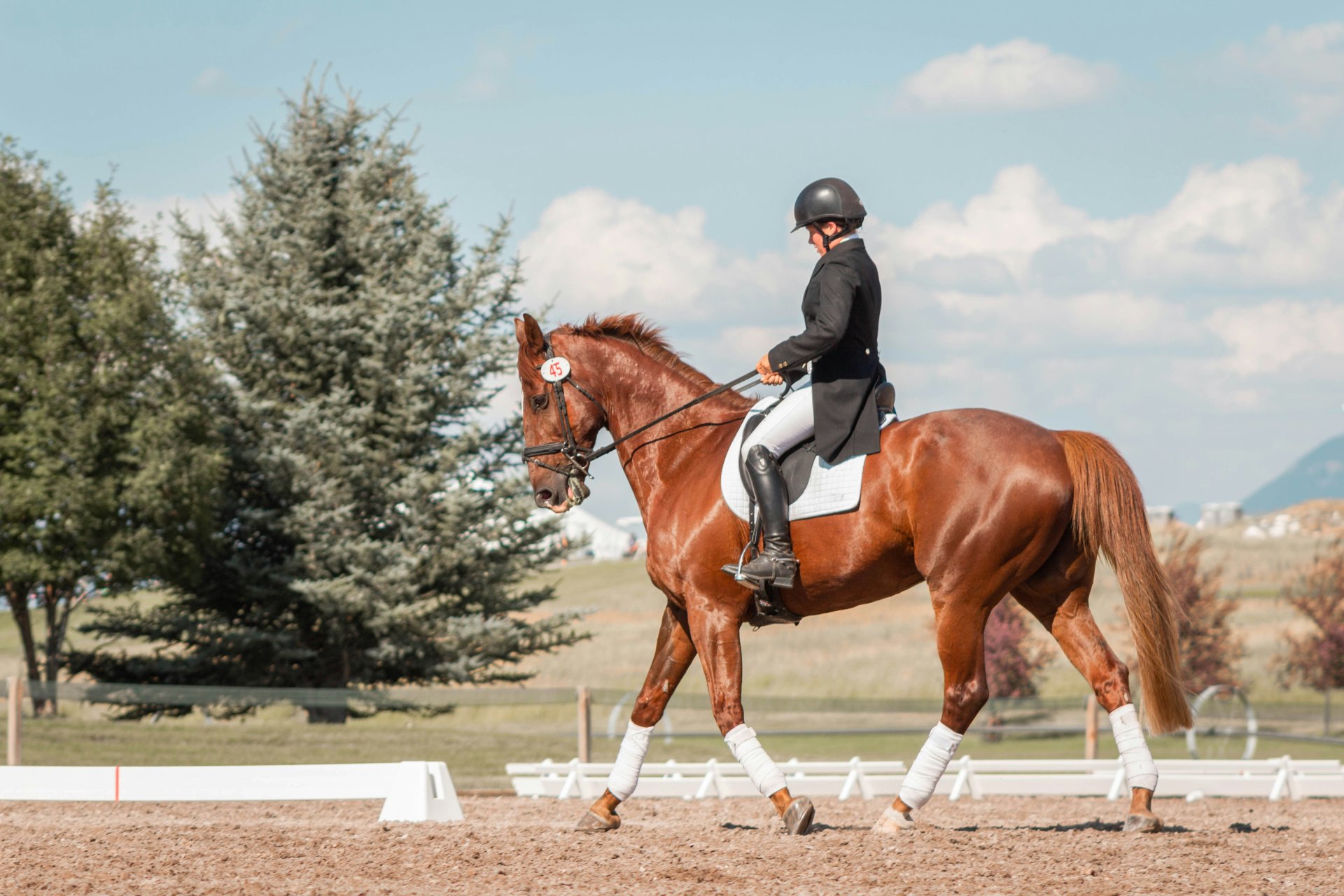
Equestrianism transcends mere sport—it is an intricate symphony of partnership, precision, and profound mutual understanding between rider and horse. Whether you are refining foundational skills or pursuing competitive mastery, advanced training methodologies are indispensable for optimizing performance, ensuring safety, and cultivating an unbreakable bond with your equine counterpart.
Decoding Equine Psychology: The Foundation of Effective Training
Before delving into advanced techniques, a nuanced comprehension of equine psychology is paramount. As flight animals, horses possess an innate sensitivity to their environment, requiring a training approach rooted in trust, consistency, and patience. By aligning training methods with their natural instincts, riders foster a deeper connection, transforming resistance into willing cooperation.
Refining Foundational Riding Techniques
1. Mastering Seat and Posture
A balanced, independent seat is the cornerstone of effective riding. Maintain an upright yet supple posture, with relaxed shoulders and a deep seat to enhance stability. Your legs should remain in quiet contact with the horse’s sides, applying subtle pressure to communicate directives without disrupting the horse’s natural cadence.
2. Precision in Rein Application
Reins serve as a refined communication tool, guiding the horse’s head and neck with finesse. Employ light, consistent pressure—avoid abrupt tugs—and prioritize a harmonious "give-and-take" technique to maintain responsiveness and softness.
3. Dynamic Leg Aids
Leg cues are instrumental in directing movement. Gentle calf pressure encourages forward momentum, while strategic heel engagement facilitates transitions and lateral maneuvers. Mastery of leg aids ensures control without reliance on excessive force.
4. Strategic Weight Distribution
Subtle shifts in rider weight profoundly influence the horse’s movement. A slight forward lean promotes impulsion, while a deeper seat signals deceleration. Precision in weight aids prevents confusion and enhances fluidity in execution.

Advanced Training Methodologies for Peak Performance
1. Foundational Groundwork: Building Trust Before the Ride
Groundwork establishes the bedrock of communication. Exercises such as liberty training, lunging, and obstacle desensitization cultivate obedience and confidence, paving the way for seamless mounted work.
2. Positive Reinforcement: Strengthening the Human-Equine Bond
Rewarding desired behaviors with treats, verbal praise, or tactile affirmation reinforces positive habits and deepens trust. This method ensures training remains an engaging, mutually rewarding experience.
3. Systematic Desensitization for Composure Under Pressure
Gradual exposure to novel stimuli—tarps, flapping objects, or auditory distractions—reduces reactivity, fostering a calm, adaptable mount. This technique is invaluable for competitive environments where unpredictability is inevitable.
4. Enhancing Agility Through Lateral Work
Incorporating lateral exercises such as leg-yields, shoulder-in, and haunches-in refines flexibility, balance, and responsiveness—critical for disciplines like dressage and reining.
5. Collection and Extension: The Art of Controlled Movement
In dressage and advanced riding, the ability to collect (compress stride length while maintaining energy) and extend (lengthen stride with power) is essential. These techniques enhance engagement, athleticism, and precision.
6. Progressive Jump Training for Confidence and Technique
Introduce jumping incrementally, beginning with ground poles before advancing to complex courses. Emphasize rhythm, straightness, and proper takeoff points to ensure safety and proficiency.

Addressing Common Training Challenges
Bit Resistance: Ensure proper bit fit and consider alternative options (e.g., bitless bridles) if discomfort is evident. Rule out dental or physical issues that may contribute to evasion.
Muscular Rigidity: Implement structured warm-up and cool-down routines, supplemented by targeted stretches to enhance suppleness.
Reluctance to Move Forward: Reinforce leg aids with clarity, integrate interval training, and vary exercises to reignite motivation.
Conclusion: The Path to Equestrian Mastery
Achieving excellence in equestrianism demands dedication, empathy, and a commitment to continuous learning. By integrating advanced techniques with a profound respect for equine nature, riders unlock unparalleled harmony and performance. Whether in competition or leisure, the journey toward mastery is a testament to the timeless partnership between horse and rider.
